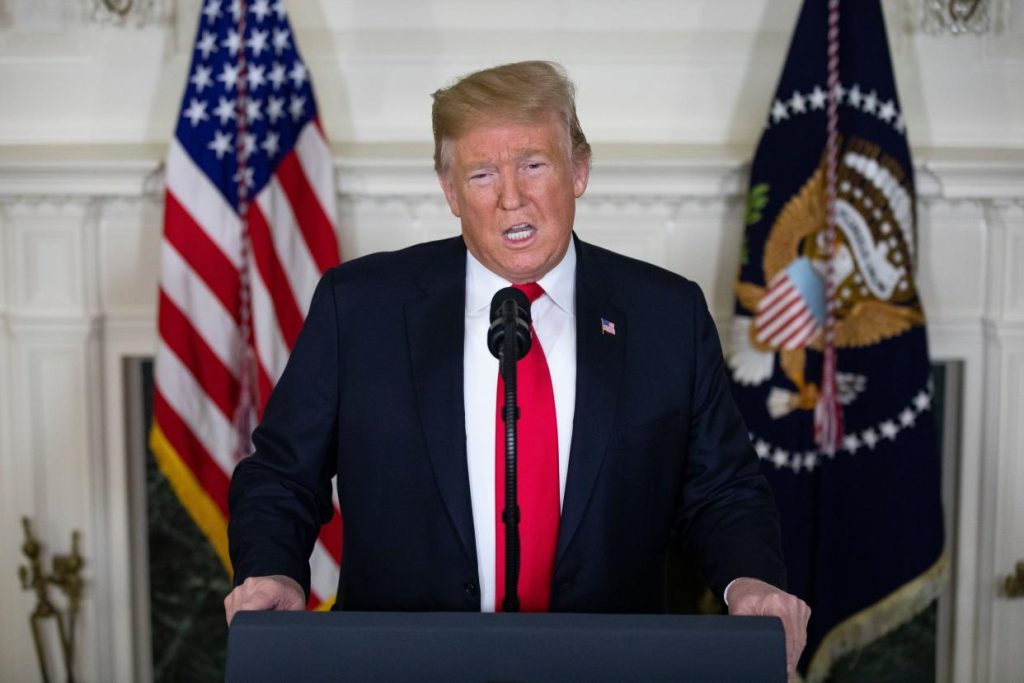The Israel-Hamas conflict, rooted in decades of territorial disputes, political grievances, and historical tensions, escalated dramatically on October 7, 2023, when Hamas launched a surprise attack on Israel, killing approximately 1,200 people and taking nearly 200 hostages. Israel responded with a massive military campaign in Gaza, resulting in over 47,000 Palestinian deaths and widespread destruction.
Related article: Master Canadian Interest: Save More On Personal Finances
Related article: Brits Beware: Lanzarote Summer Travel Alert!
The conflict has been characterized by cycles of violence, failed ceasefires, and humanitarian crises. Recent escalations have further complicated efforts for peace, with urban warfare in Gaza causing immense civilian suffering and displacing nearly 90% of Gaza’s population.
Recent Escalations and Ceasefire Efforts
In early 2025, a fragile ceasefire was brokered with the involvement of the US, Egypt, and Qatar. The agreement included the release of Israeli hostages in exchange for Palestinian prisoners and a temporary halt to military operations. However, the ceasefire remains precarious, with key sticking points such as the withdrawal of Israeli forces from the Philadelphi corridor and the establishment of a buffer zone.
The ceasefire, while providing temporary relief, has been criticized for failing to address the root causes of the conflict, such as the right of return for Palestinians and the establishment of a two-state solution.
US Involvement and Its Role in the Conflict
The US has played a pivotal role in mediating the conflict, with both the Biden and Trump administrations collaborating to broker the ceasefire. President Biden’s administration worked tirelessly to secure a deal, but its influence was limited by Israeli Prime Minister Benjamin Netanyahu’s reluctance to take advice from the US.
President-elect Donald Trump’s involvement, particularly through his Middle East envoy Steve Witkoff, was instrumental in pressuring Netanyahu to accept the ceasefire. Trump’s unpredictable approach and past threats to punish Hamas may have influenced the negotiations, though his long-term commitment to the region remains uncertain.
Global Implications of the Conflict
The Israel-Hamas conflict has far-reaching implications for global stability. The war has strained US relations with Middle Eastern allies, particularly Saudi Arabia, which has linked normalization with Israel to progress on Palestinian statehood.
The conflict has also exacerbated regional tensions, with fears of a wider war involving Iran-backed militias and other actors. Additionally, the humanitarian crisis in Gaza has drawn international condemnation, damaging the US’s global reputation and highlighting the need for a sustainable resolution.
President Trump’s Gaza Plan: Merits and Demerits
President Trump’s proposal to “take over” the Gaza Strip and resettle its Palestinian population has sparked widespread controversy. The plan, which envisions transforming Gaza into a prosperous region akin to the “Riviera of the Middle East,” has been criticized as impractical and morally questionable.
- Merits:
- The plan aims to address Gaza’s economic devastation by creating jobs and rebuilding infrastructure.
- It reflects Trump’s bold approach to foreign policy, which some argue could break the status quo.
- Demerits:
- The proposal has been rejected by allies and adversaries alike, with critics accusing Trump of advocating ethnic cleansing and violating international law.
- The plan lacks a clear implementation strategy and risks further destabilizing the region.
Key Figures’ Perspectives on Trump’s Plan
- Allies and Adversaries: Countries like Egypt, Jordan, and Saudi Arabia have rejected the plan, emphasizing the need for Palestinian self-determination and a two-state solution.
- US Politicians: Democratic lawmakers, including Senator Chris Coons and Representative Rashida Tlaib, have condemned the proposal as “offensive and insane” and a call for ethnic cleansing.
- Experts: Analysts argue that Trump’s plan is more of a negotiating ploy than a serious policy, reflecting his unpredictable style and lack of long-term commitment.
Conclusion and Future Outlook
The Israel-Hamas conflict remains a deeply entrenched issue with no easy solutions. While the recent ceasefire offers a temporary reprieve, sustained diplomatic efforts are needed to address the root causes of the conflict and achieve lasting peace.
President Trump’s Gaza plan, while bold, highlights the challenges of implementing unconventional policies in a complex geopolitical landscape. Moving forward, the international community must prioritize humanitarian concerns, support a two-state solution, and work towards a just and sustainable resolution for both Israelis and Palestinians.











